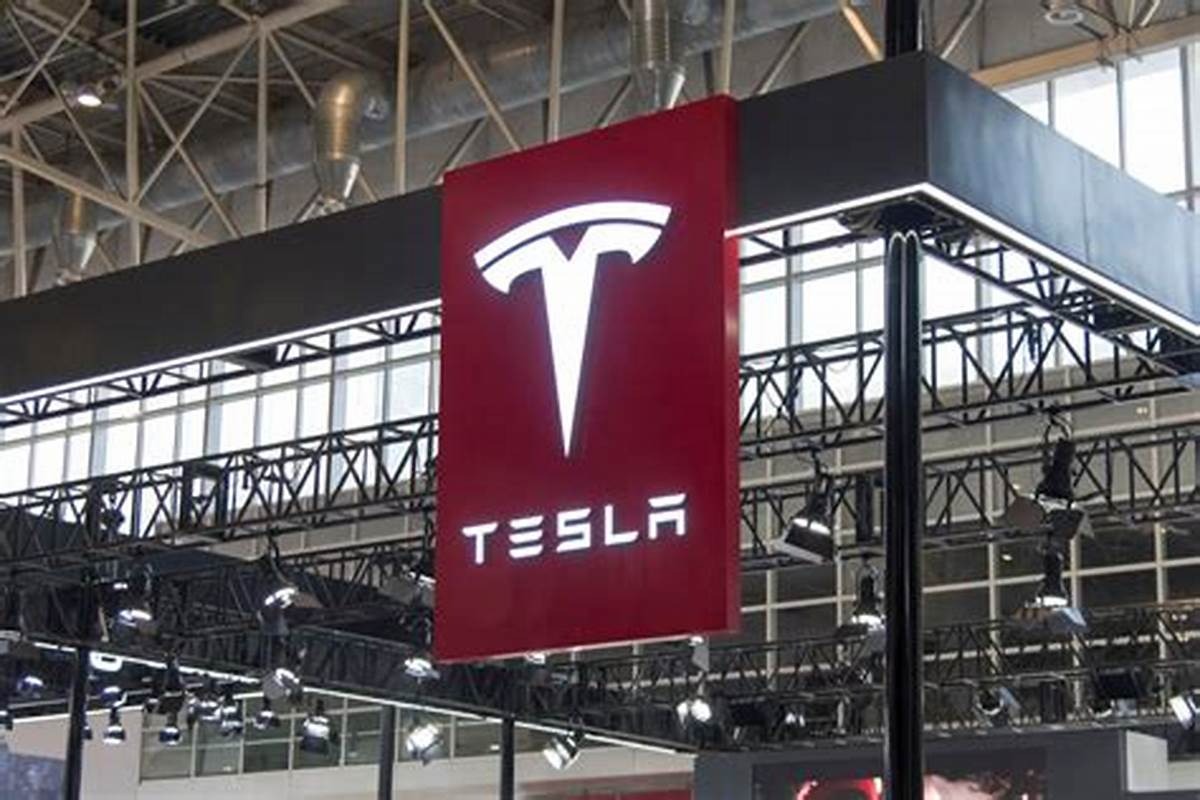Tesla (TSLA) shares are facing pressure today, down approximately 3%, following the announcement of production delays and price cuts in select markets. The news has raised concerns among investors, as the electric vehicle (EV) giant navigates challenges related to its production ramp-up and pricing strategy, which could impact profitability and long-term growth.
Production Delays: A Bump in the Road for Tesla’s Ambitious Plans
One of the key factors behind Tesla’s stock pullback is the news of production delays at its factories. Tesla had been ramping up production to meet growing demand for its Model 3 and Model Y vehicles, but delays in supply chain and manufacturing processes have hampered the company’s ability to deliver vehicles on schedule. These delays could potentially slow the company’s revenue growth in the short term, raising questions about its ability to scale efficiently as it continues to expand globally.
Tesla has made significant strides in increasing production capacity at its new Gigafactories in Austin, Texas, and Berlin, Germany, but issues related to component shortages and labor constraints continue to impact its output. The company has been forced to adjust its production timelines, which could result in missed delivery targets and potentially impact customer satisfaction.
Price Cuts: A Strategy to Boost Demand or Margin Pressure?
In addition to production delays, Tesla has implemented price cuts in certain markets, which has raised some concerns about the company’s margins. While price reductions can stimulate demand, particularly in a competitive market, they can also squeeze profitability. Tesla’s price cuts in markets such as China and Europe are seen as an attempt to maintain its market leadership as traditional automakers ramp up their own EV offerings.
Tesla’s strategy of cutting prices, particularly in the Model 3 and Model Y segments, aims to make its vehicles more accessible to a broader consumer base. However, there is a fine balance to strike, as lower prices could lead to reduced margins, which might offset any increase in sales volume. Investors will be keenly watching Tesla’s earnings reports to see if these price cuts result in increased market share without significantly affecting the company’s bottom line.
Outlook: Challenges and Opportunities Ahead
Despite the short-term challenges, Tesla remains a dominant player in the electric vehicle market, with strong growth prospects in the long term. The company’s global expansion, new product launches, and innovation in autonomous driving technology continue to position Tesla for continued success. However, production delays and pricing pressures are likely to weigh on its stock in the near term, as investors assess the sustainability of the company’s growth model.
The EV market remains highly competitive, and traditional automakers are ramping up their electric vehicle offerings, which could put additional pressure on Tesla’s pricing and production strategy. Tesla’s ability to maintain its leadership position, navigate supply chain disruptions, and balance pricing with profitability will be key to its future performance.
In conclusion, while Tesla is facing some headwinds, including production delays and price cuts, the company’s strong brand, innovation, and market dominance continue to make it a significant player in the electric vehicle sector. How it adapts to these challenges will play a crucial role in determining its stock performance in the coming quarters.



